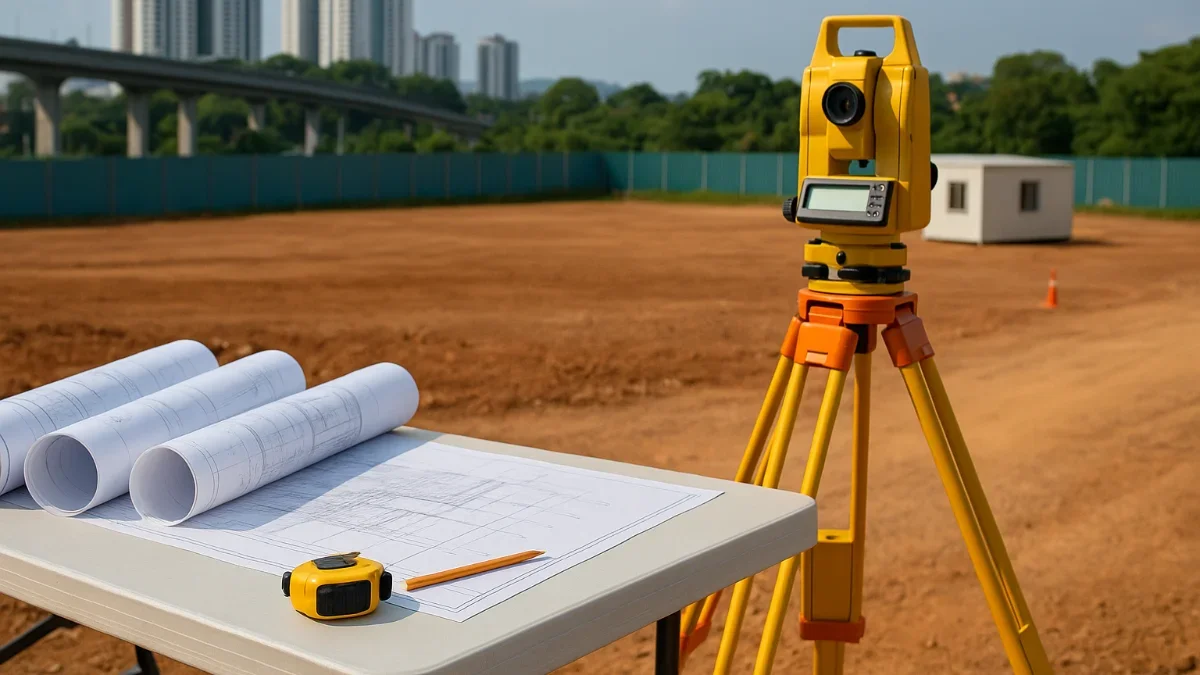A Malaysia-focused guide on when to subdivide or amalgamate agricultural land, key steps, typical costs, timelines, pitfalls, and exit options.
Subdivision & Amalgamation for Agri Parcels: Costs & Timeline
Whether you’re carving a large agricultural holding into smaller saleable lots (subdivision) or combining adjoining plots to create a more efficient development platform (amalgamation), getting the sequence, budget and approvals right will save months of delay.
When It Makes Sense
- Subdivision: Improve exit value, match buyer lot sizes, prepare for future conversion to building/industrial, or regularise family holdings.
- Amalgamation: Achieve a clean title for masterplanning, road/utility corridors, platform regrading, or SBKS re-alienation later.
High-Level Process
- Planning check: Confirm local plan intent, reserves (river/drain/road), and any buffer or category/condition issues.
- Survey & layout: Licensed land surveyor prepares scheme plan showing proposed lots (subdivision) or unified boundary (amalgamation).
- Authority submissions: Local council/OSC and State Land Office (PTG) for technical, planning, and land matters; obtain consents from chargees/caveators if any.
- Compliance works: Where required—access upgrades, drainage/retention, pegs & fencing, utility wayleaves.
- Title actions: New individual titles issued (subdivision) or a new consolidated title (amalgamation) with endorsed conditions.
Typical Cost Items (Indicative)
| Cost Component | Notes |
|---|---|
| Surveyor fees | Boundary re-establishment, pegging, scheme plan, certified plans for title. |
| Planner/Engineer | Submission drawings, road/drainage concepts, earthworks/platform levels (if needed). |
| Legal & land office fees | Applications, endorsements, consent from chargee, new title issuance. |
| Infrastructure & compliance | Access improvements, drainage/retention, wayleaves; fencing/markers. |
| Conversion premium (if any) | Only if varying category/conditions during the exercise; state-specific. |
| Holding & contingencies | Quit rent/assessment (post-improvements), deposits/bonds, 5–10% contingency. |
Expected Timelines (Indicative)
- Survey & scheme plan: ~2–8 weeks depending on size/terrain.
- Authority approvals: ~3–9 months (state & council cycles, queries, external agencies).
- Compliance works (if required): ~1–6 months (access, drainage, pegging, wayleaves).
- Title issuance: ~1–3 months after final approvals and fee settlement.
Note: Ranges vary by state, complexity, and whether you combine with Surrender & Re-Alienation (SBKS) for a full masterplan. Build time buffers into your sales launch.
Practical Tips to Avoid Delays
- Fix access status early—formalise right-of-way or propose a new reserve if needed.
- Map river/drain/road reserves and high-tension corridors before drawing lot lines.
- Engage a valuer to model pricing for different lot mixes (1–3 acre SME lots vs. larger plots).
- Secure chargee consent (banks) in parallel with submissions to avoid last-minute hold-ups.
- Phase your exercise: amalgamate first for clean boundaries and access, then subdivide.
Subdivision vs Amalgamation: Quick Comparison
| Item | Subdivision | Amalgamation |
|---|---|---|
| Goal | More, smaller titles for sale/lease | One larger title for planning/infra |
| Core works | New lot layout, pegging, access/servitudes | Boundary consolidation, access rationalisation |
| Good for | Retail lot sales, family partition, SME lot programme | Future SBKS, logistics platform, large investor sale |
FAQ
Do I need conversion to subdivide?
Not if you remain within the same category/conditions. But if you vary use (e.g., to industrial), premiums and extra approvals may apply.
Can I sell while approvals are pending?
Use conditional SPAs with clear milestones; obtain legal



